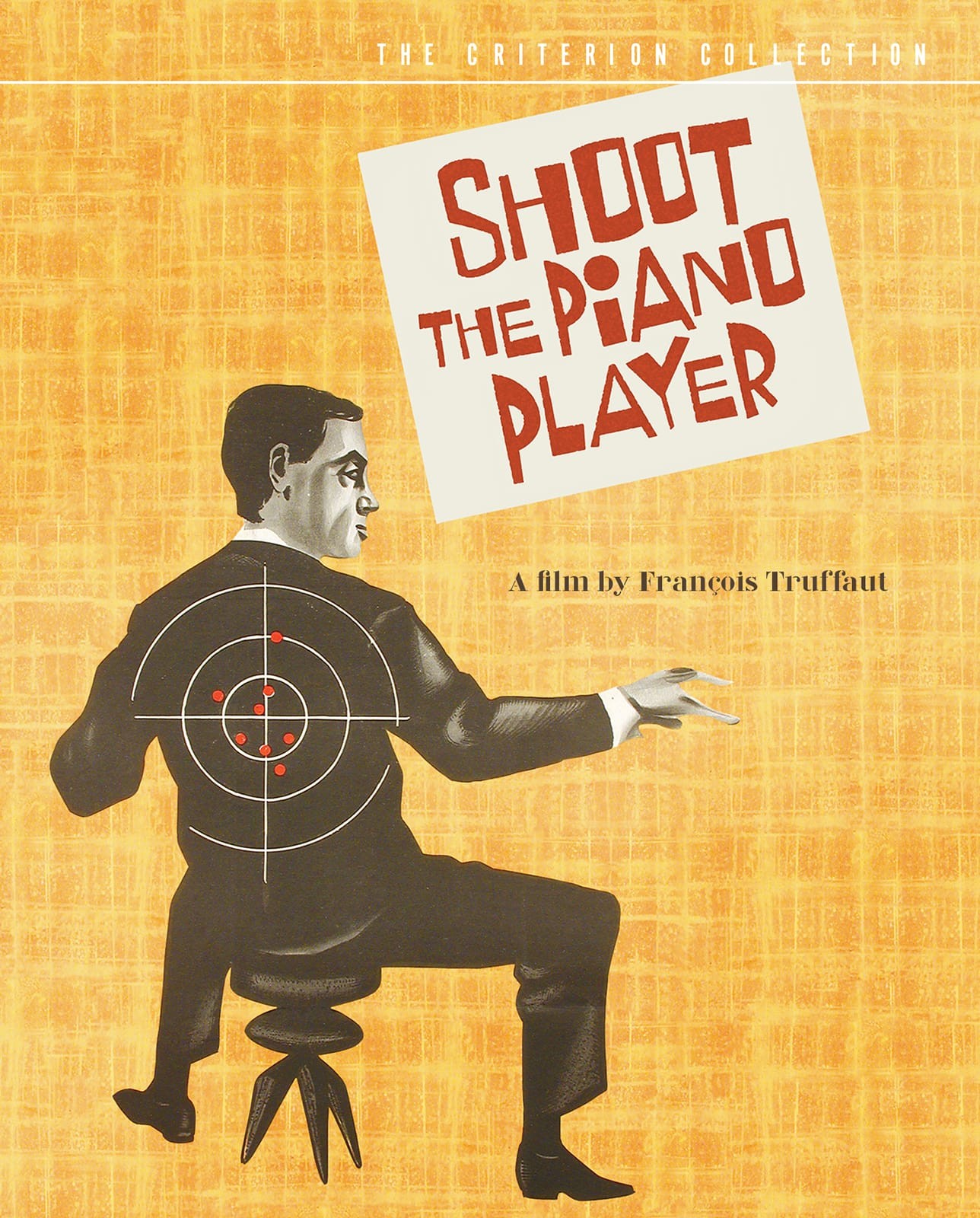Shoot the Piano Player — The Circle of Fate

François Truffaut’s Shoot the Piano Player is a playful yet melancholy film — an extroverted movie about an introverted man. This contrast between its lively, often humorous form and its quiet, withdrawn protagonist creates a double tone: one that’s emotionally rich and disarmingly gentle.
At the film’s center is a man who was once a famous pianist but, after a personal tragedy, retreats from the world. Now, he plays in a dim bar for people who dance and drink, half-listened to and half-forgotten. Truffaut uses a free, non-linear structure to pull us gradually into this man’s mind — a mind filled with memory, regret, and escape.
The film’s playfulness borrows from gangster cinema and American film noir. Truffaut seems to “borrow” those hard-boiled conventions only to fuse them with comedy, creating a strange, hybrid rhythm that feels both ironic and tender. Beneath that surface, however, lies a delicate attention to the pianist himself — a fragile soul rendered with surprising warmth in a world that seems built on indifference.
What elevates the film beyond a sad love story is its circular design. Looking back after it ends, we realize that the hero is caught in a loop: every time he approaches love or freedom, tragedy intervenes and pulls him back to where he started. Once, he loved a waitress who betrayed him and took her own life. Now, in the bar, he falls for another — a woman who looks and feels eerily similar — and again, through circumstances beyond his control, loses her. In the closing moment, a new waitress enters the bar. The cycle begins again.
The film even acknowledges this pattern explicitly. At one point, he reflects that perhaps all this repetition comes down to “genes” or “destiny” — something inherited, something unchangeable. It’s as though he belongs to a family condemned to repeat its mistakes, bound to the same melody forever.
Seen this way, Shoot the Piano Player becomes a companion to The 400 Blows. Both are about people whose fates seem written before their lives even unfold. In The 400 Blows, a boy born unwanted — his mother once wished to abort him — runs endlessly through the city, trying to escape the walls of home, school, and society. In the end, he reaches the sea, an open space that should mean freedom. But when he turns and looks into the camera, his gaze betrays the truth: the world may have widened, but his fate remains the same.
In Shoot the Piano Player, that same sense of confinement returns in adult form. The boy who once ran toward the horizon has grown into a man who no longer runs. He stays in place, playing his piano, trapped within the music that defines him. If The 400 Blows is the cry of a child discovering his prison, Shoot the Piano Player is the quiet hum of a man who’s learned to make art inside the cage.